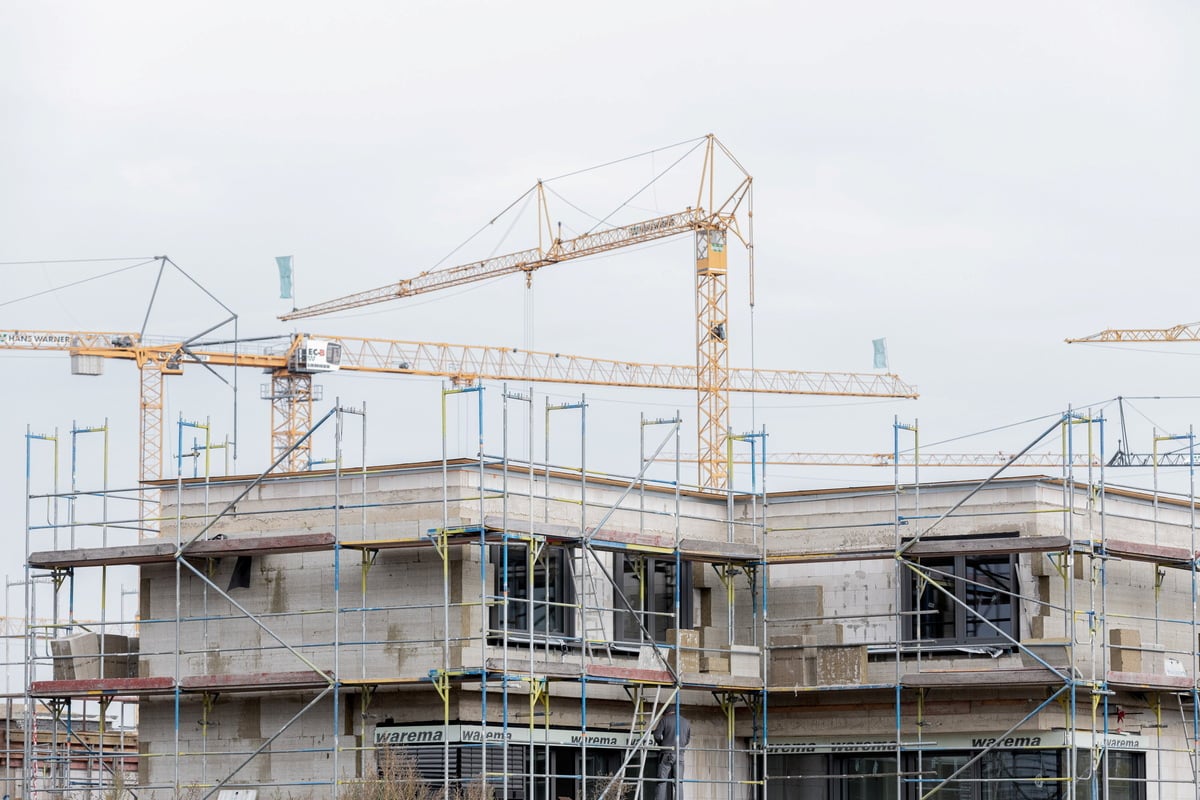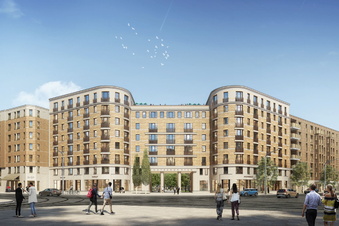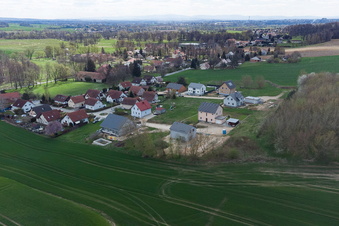Real estate prices are rising, leaving rents behind. The so-called multiplier is an important yardstick for the ratio of regional purchase to rental prices. It shows how many annual net rents would have to be paid on average for an existing condominium of the same size.
On average across all German districts and independent cities, the multiplier in 2020 was 25.7. In 2019, buyers still had to pay an average of 24 annual net rent to buy an apartment. This means that purchase prices have once again risen faster than rents overall. Signs of overheating are particularly evident in large cities. These are the results of the Postbank Housing Atlas, for which the Hamburg World Economic Institute examined the housing markets in the 401 German districts and urban districts.
–
Off into the distance, off to relaxation! Our top trips of the week on sächsische.de!
–
Berlin is ahead for the first time
The dynamics are accelerating. Since 2017, the multiplier has increased annually by around one annual rent, most recently the increase over the year was even steeper with an increase of 1.7 annual rent. “We do not expect any trend reversal due to Corona. At best regionally, economic downturns caused by pandemics could lead to less demand in certain sectors if disposable incomes fall, ”says Eva Grunwald, Head of Postbank Real Estate.
The lower the local multiplier, the greater the benefits for buyers. Nationwide, the range extends from almost twelve annual net rents for buying a condominium in the district of Mansfeld-Südharz in Saxony-Anhalt to up to 75 rents in the district of North Friesland on the North Sea , which also includes the coveted locations on Sylt, Föhr and Amrum. Experts are currently speaking of a still moderate purchase price level for a multiplier of less than 25, measured against the local net rents.
Purchase prices in the seven largest German cities are rapidly outpacing rent levels. Compared to the previous year, the average plus across the seven cities is two annual rents. This year, the ranking leads Berlin for the first time: Berliners had to shell out almost 40 annual rents in 2020 to buy an apartment. This means that the federal capital achieved one of the highest values in Germany and, with an increase of around four annual rents compared to the previous year, the strongest increase among the Big Seven. The main reason for this dynamic was the Berlin rent cap, which came into force in February 2020 and was overturned by the Federal Constitutional Court in April 2021. This regulation led to a decrease in net rents within a year by more than four percent and thus to a very high increase in the multiplier in the federal capital.




